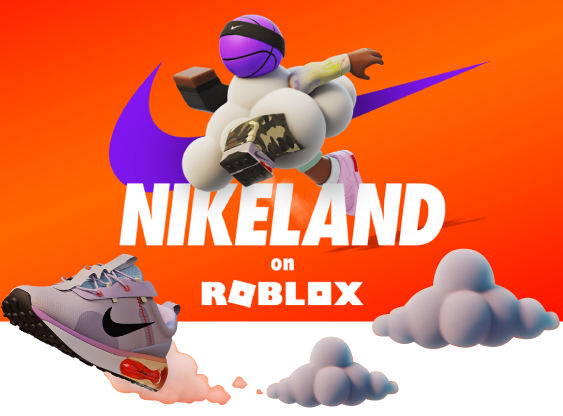The metaverse is hugely impacting the sports industry, with an increasing focus on products and innovations from virtual reality, and augmented reality to NFTs and gaming.
So what exactly is the Metaverse? Simply, the Metaverse is a virtual space where users can interact with computer-generated environments. But, It’s also a door to infinite possibilities and revenue streams.
Imagine building your world, adding the ability to interact and collaborate with others from all corners of the world, view content, buy and sell digital items, trade real estate, and even attend events! The impact on the business of sports is endless. It’s a world that is always on.
So how will it change the business of sports? Here are four that I feel are a certainty.
1. Time to rethink how we see sports.
Imagine worlds full of amazing new experiences and endless interactive entertainment, where you can travel to your favourite game in seconds.
Fully immersive visual experiences, and close-up perspectives of the playing field. Fans will interact with athletes in real-time from different points and in ways that are unattainable in the real world. The ability to buy and sell digital assets and monetise content. It will be a portal where people can immerse themselves in ways never thought possible.
2. Fan-generated content
Social media and our always-on digital devices have created a world where fans, athletes and sports organisations can create content and interact with each other.
Custom avatars will be the way that fans and athletes will differentiate themselves. Teams, sports brands and athletes are exploring new ways to monetise these experiences.
Eventually, fans will move from social media and interact in the Metaverse before, during and after a sporting event. There will be tools that give content creators the ability to build spaces where conversations are had and communities built.
3. The digitisation of products
Welcome to a new era where people buy digital products in the form of sports cards, images, autographs, videos and everything in between in the form of NFTs and game assets. Sports brands are spending millions of dollars building virtual marketplaces where digital versions of their real-world products can be purchased.
4. Two worlds meet – the new marketing mix is here!
Just as brands and businesses must learn to adapt to new marketing channels like social media, they must adapt to the emergence of their rankings in the metaverse. The potential for crossover marketing in this world is what many newcomers and gamers are watching closely.
Here is an example of an activation that received a lot of attention and engagement.
Nike has partnered with Roblox to create a virtual world called “Nikeland” where athletes can visit fields and arenas to participate in games such as tag and dodgeball. Nike is working to record moments of sporting events during the upcoming World Cup and the Super Bowl in real-time. Gamers with mobile devices can use their built-in accelerometers for synchronized real-world motion in Nikeland.
The important takeaway here is that audiences engage with brands and build their buying power. They are also much more likely to avoid traditional advertising and prefer interaction and community more.
Understanding this helps sports brands create the experience that will help build lasting relationships.
And after?
The Metaverse is providing a platform for sports to connect with the next generation of athletes and fans, engage with brands, and convert that engagement into real-world dollars.
